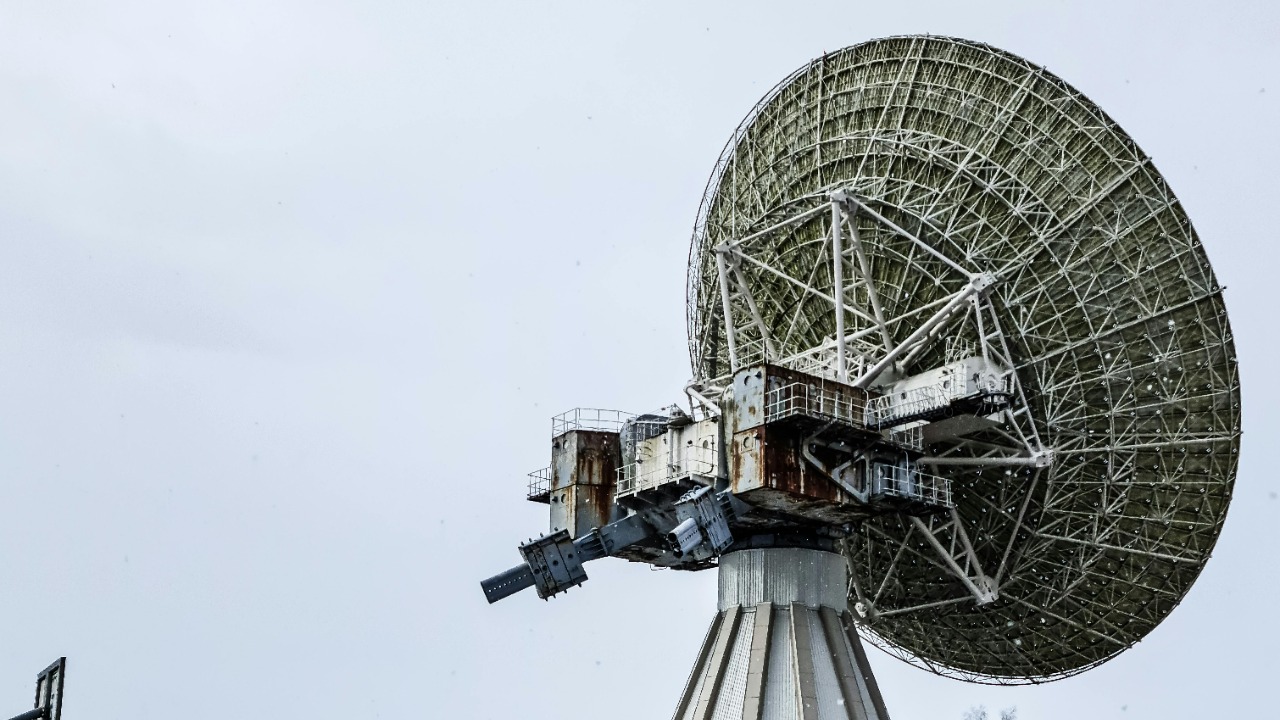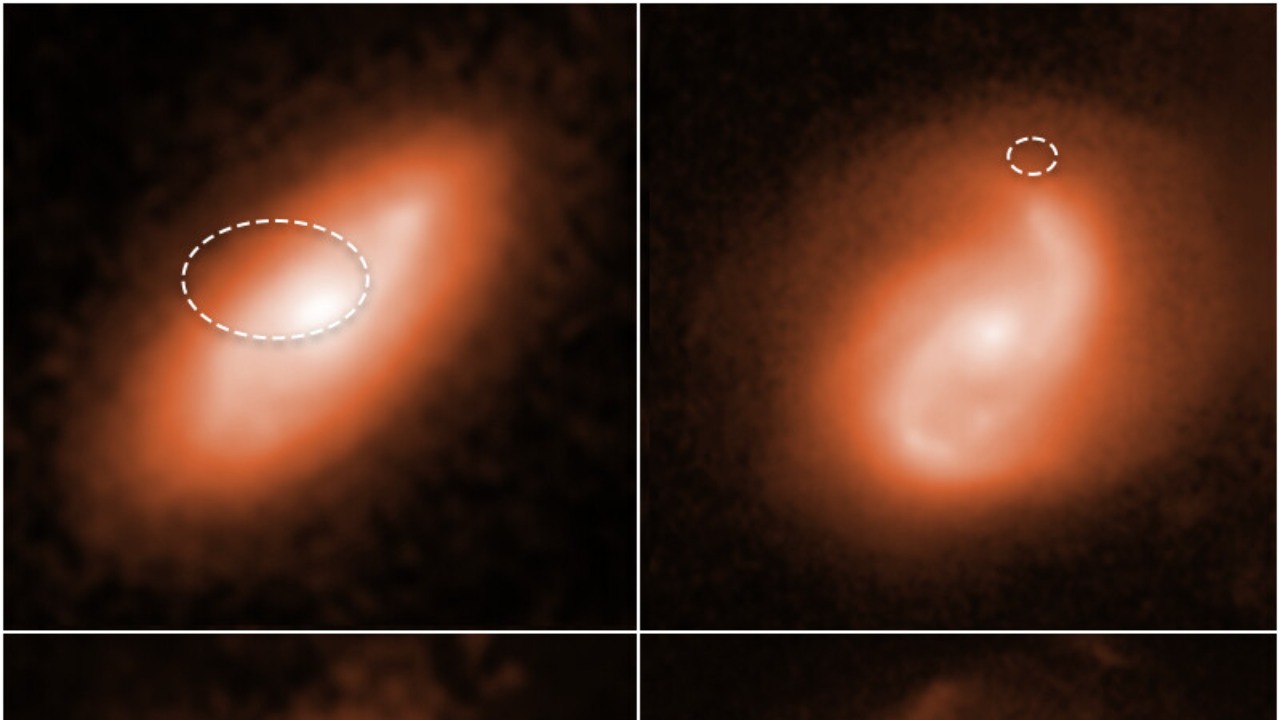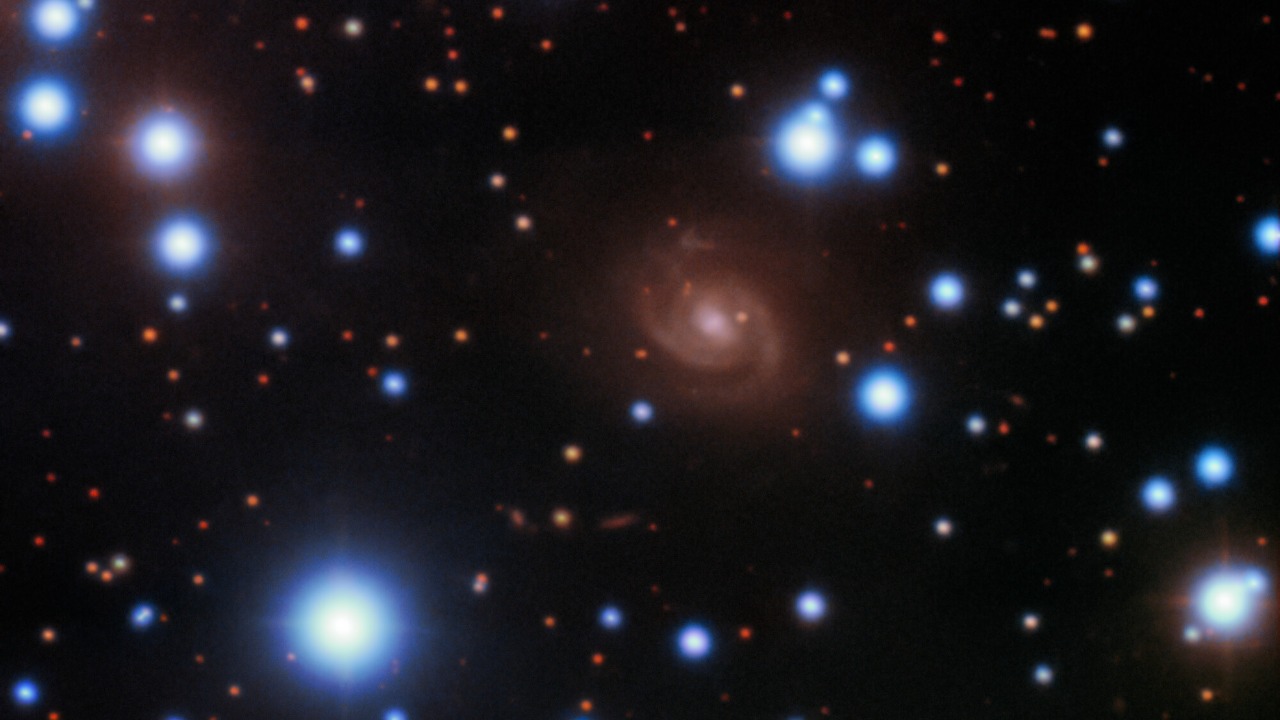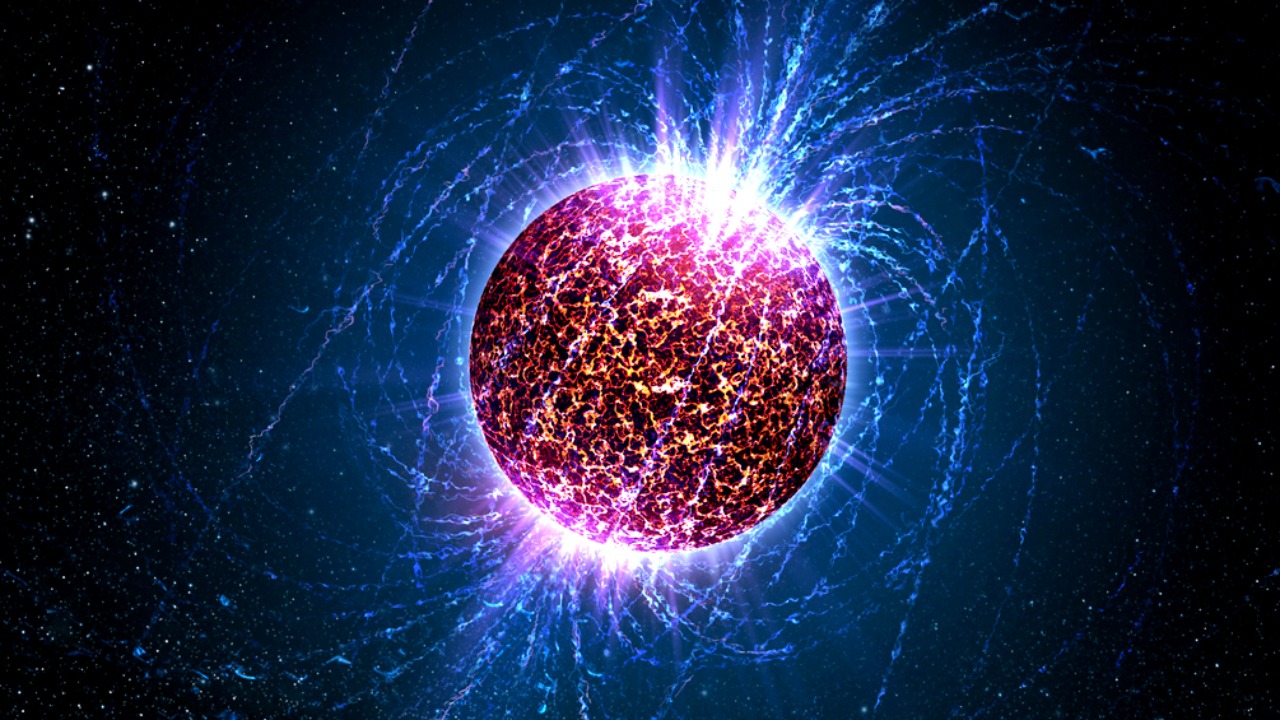
Fast Radio Bursts (FRBs), high-energy astrophysical phenomena of unknown origin, have intrigued astronomers since they were first observed in 2007. The repetitive nature of these radio signals, coupled with their origin from distant galaxies, makes them a compelling research subject.
Understanding Fast Radio Bursts

FRBs are brief, intense flashes of radio waves that have been detected from various parts of the sky. These bursts, typically lasting just a few milliseconds, are believed to be the result of some high-energy astrophysical process, although the specifics are still under investigation. Despite their short duration, FRBs are incredibly bright and can be detected from billions of light years away.
Several theories have been proposed to explain the origins of FRBs, including collisions between neutron stars, flaring magnetars, and even highly advanced extraterrestrial civilizations. However, none of these theories have been definitively proven or ruled out. The investigation of FRBs is made more challenging by their unpredictable nature, as well as the vast distances involved in studying them.
Recent Detection of Repeating FRBs

A recent breakthrough in the field was the detection of repeating FRBs. According to a report by CNN, these repetitive signals offer a unique opportunity for astronomers to study these mysterious phenomena in greater detail. Unlike one-off bursts, repetitive FRBs allow scientists to monitor a specific location in the sky over time, potentially providing more data and insights.
Patterns have been identified in these repeating bursts, with some displaying a cyclical nature, while others seem more random. The implications of these findings are far-reaching, potentially reshaping our understanding of the universe and the processes that occur within it.
Tracing FRBs to Distant Galaxies

Determining the origin of FRBs is a complex task involving advanced astronomical techniques. Using arrays of telescopes, astronomers can triangulate the position of an FRB, tracing it back to a specific galaxy. This was demonstrated in a study published in Universe Magazine, where scientists managed to trace an FRB to a dwarf galaxy located approximately 3 billion light years away.
Identifying the specific galaxies where these FRBs originate is crucial for understanding their nature and origin. The locations of these bursts can provide valuable clues about their source, whether it be a specific type of star, a particular astrophysical event, or something entirely unknown.
Investigation into the Source of FRBs

Recent research efforts have sought to identify the precise sources of FRBs. A study outlined in a MDPI paper explored the possibility of FRBs originating from magnetars – highly magnetized neutron stars. However, the diversity of FRB properties suggests that multiple astrophysical processes might be involved.
Another intriguing theory posits that FRBs might originate from ancient dead galaxies. This idea was explored in an article published on SciTechDaily. However, despite these promising leads, confirming these theories is a significant challenge due to the immense distances involved, the brevity of the bursts, and the lack of repeating signals from most detected FRBs.
The Future of FRB Research

While the mystery of FRBs is far from solved, ongoing research and future plans promise to shed more light on these enigmatic phenomena. Advancements in astronomical technology, such as more sensitive telescopes and better data analysis tools, are expected to significantly aid in the study of FRBs.
Understanding FRBs has the potential to revolutionize our understanding of the universe. As these signals traverse vast expanses of space, they might carry with them information about the intergalactic medium and the evolution of the universe. As research progresses, a review by Annual Reviews suggests that the study of FRBs might even contribute to the field of fundamental physics, testing theories about the nature of matter and the structure of the universe.